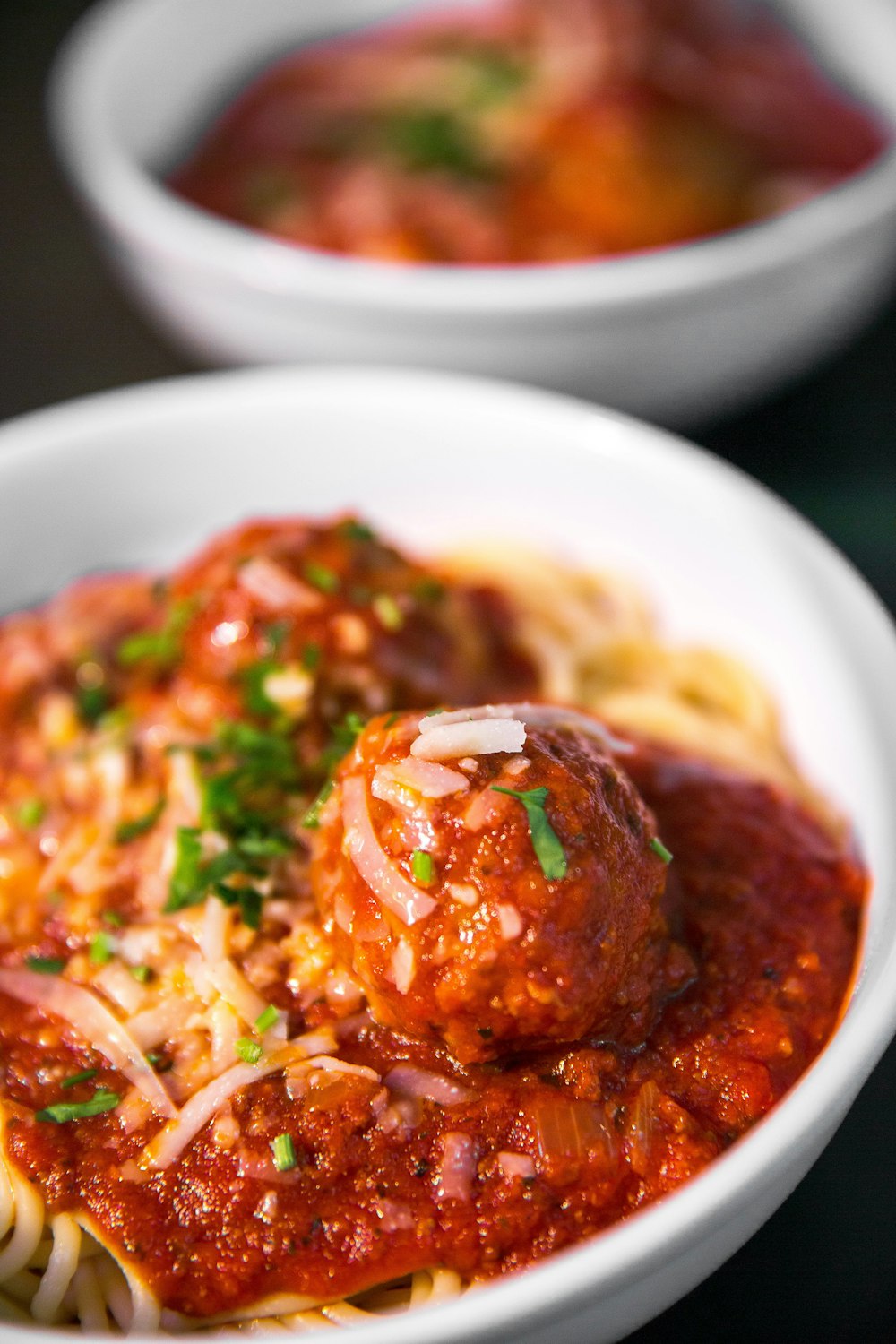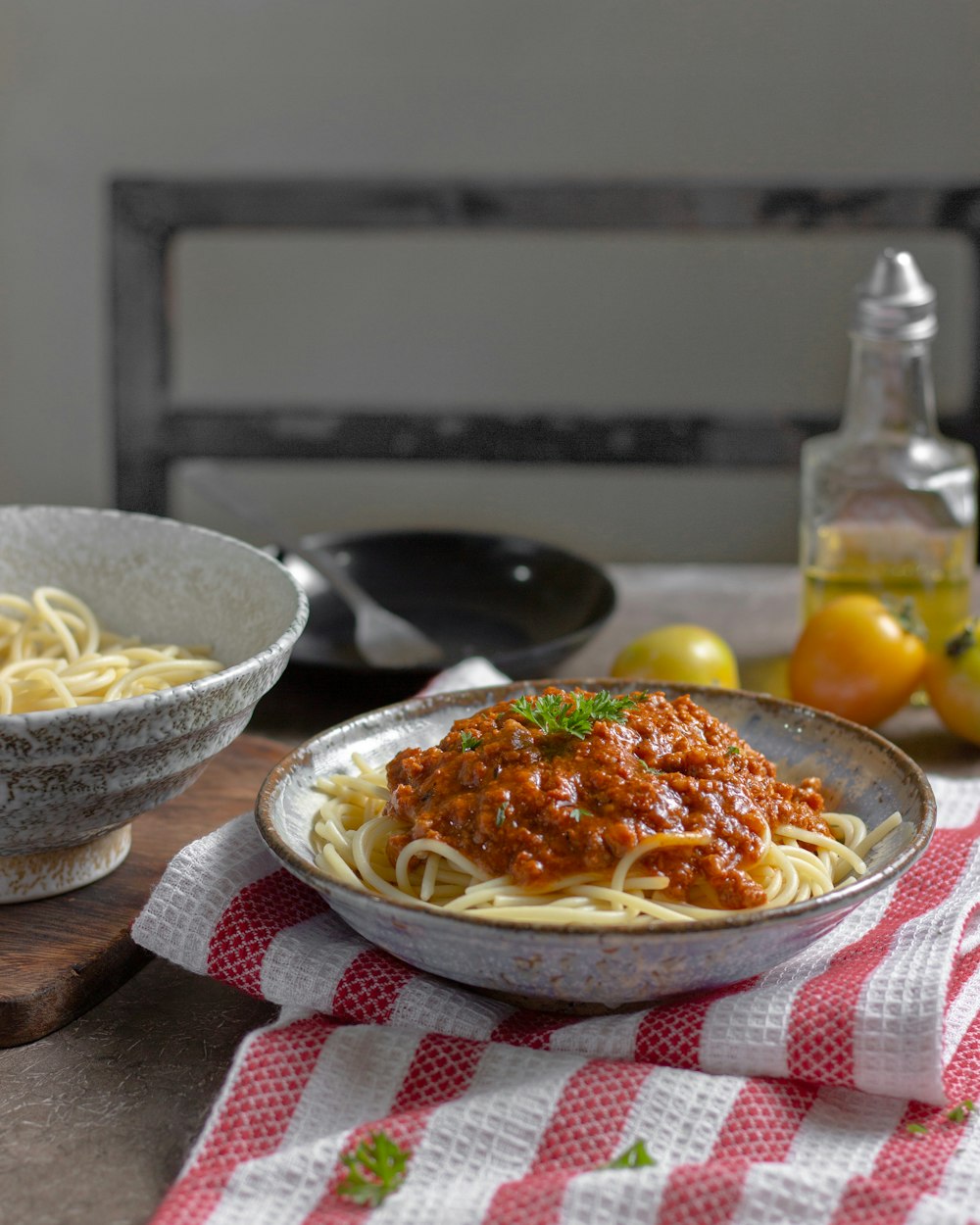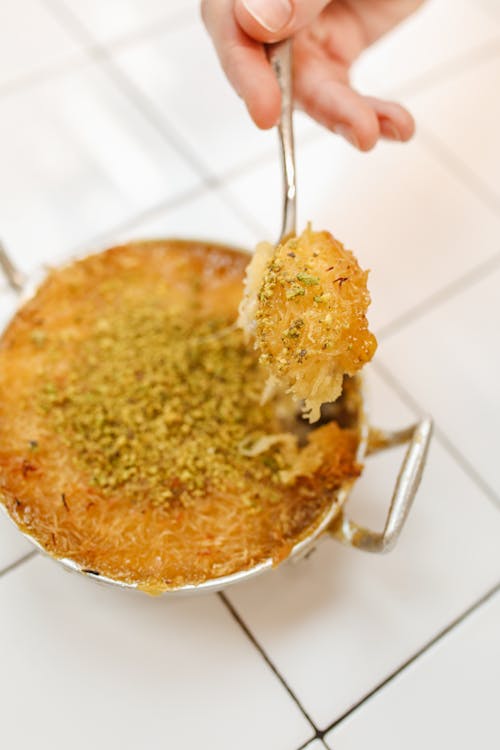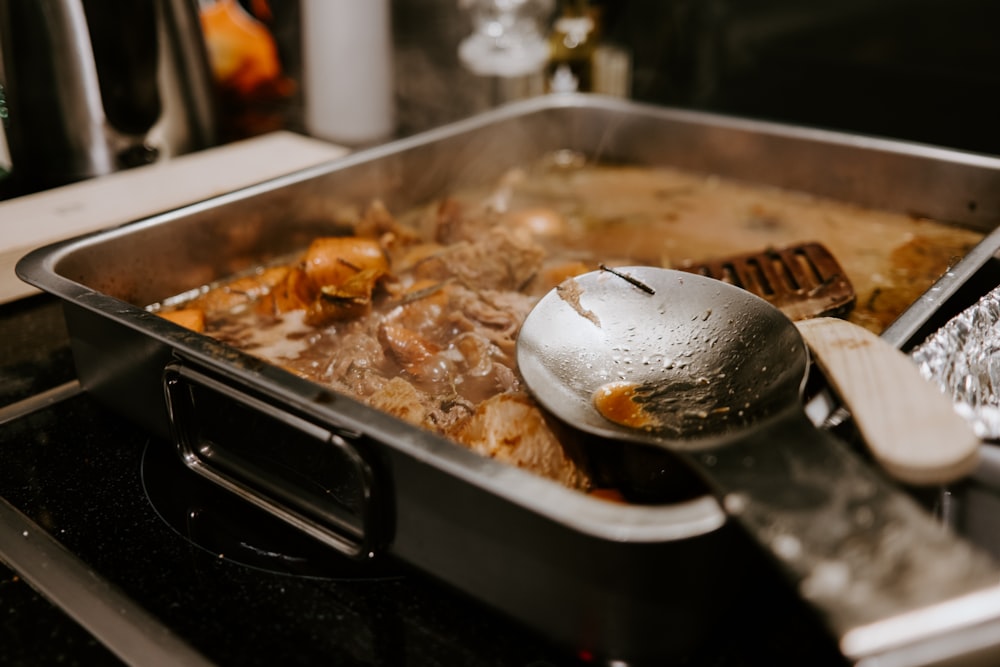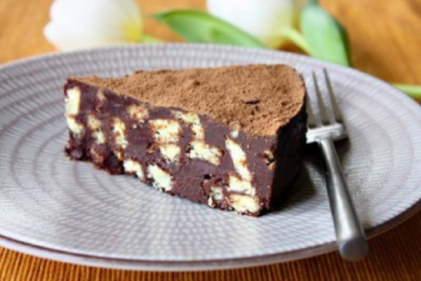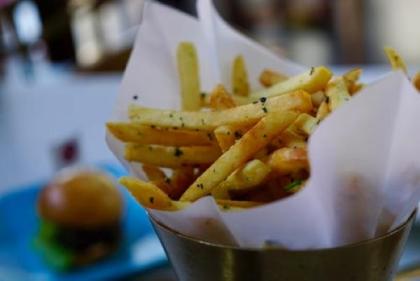The meal time battle is hard enough without fussy eaters. Instead of one nutritious and tasty meal, we find ourselves making several variations of the same dinner in order to please every appetite. The carrots can't touch the peas, the sauce has to have no mushrooms for one person and extra for another and even at that, there's always one plate left mostly full.

Getting the right nutrition into our kids - particularly our fussy toddlers - is the definition of an uphill battle. With so much conflicting advice out there and pushback at home, it's so tempting just to give in; serve up the fish fingers and call it a night.
Fear not mamas; we're here to help. This is your definitive guide for exactly what your toddler should and shouldn't be eating in a day, as well as some dinner inspo to help get all of the recommended intake into their daily diet. You've got this!
Recommended Intake for ages 1 - 3
Bread, rice, potatoes, pasta and other starchy foods: 6 portions a day
These foods provide energy, nutrients and some fibre. You can give your child wholegrain foods, such as wholemeal bread, pasta and brown rice. But it's not a good idea to only give wholegrain starchy foods to under-2s.
Fruit and Vegetables: 5 portions a day

This fruit intake allows for the optimum intake of vitamins, minerals and fibre. It's good to introduce lots of different types from an early age, whether fresh, frozen, canned or dried, so your baby can enjoy new textures and flavours. Try to make sure fruit and vegetables are included in every meal. Don't worry if they'll only eat one or two types at first. Keep offering them small amounts of other fruit and vegetables so they can learn to like different tastes.
Milk and alternatives: 3 portions a day
These provide a good source of calcium, which helps your child develop strong bones and teeth. They also contain vitamin A, which helps the body resist infections and is needed for healthy skin and eyes. Try to give your child at least 350ml (12oz) of milk a day, or 2 servings of foods made from milk, such as cheese, yoghurt or fromage frais. You can give your child unsweetened calcium-fortified milk alternatives, such as soya, almond and oat drinks, from the age of 1 as part of a healthy, balanced diet. If yuor child cannot consume dairy, consult with your GP about alternatives.
Beans, Pulses, Meat, Fish, Eggs and other sources of protein: 2 portions a day
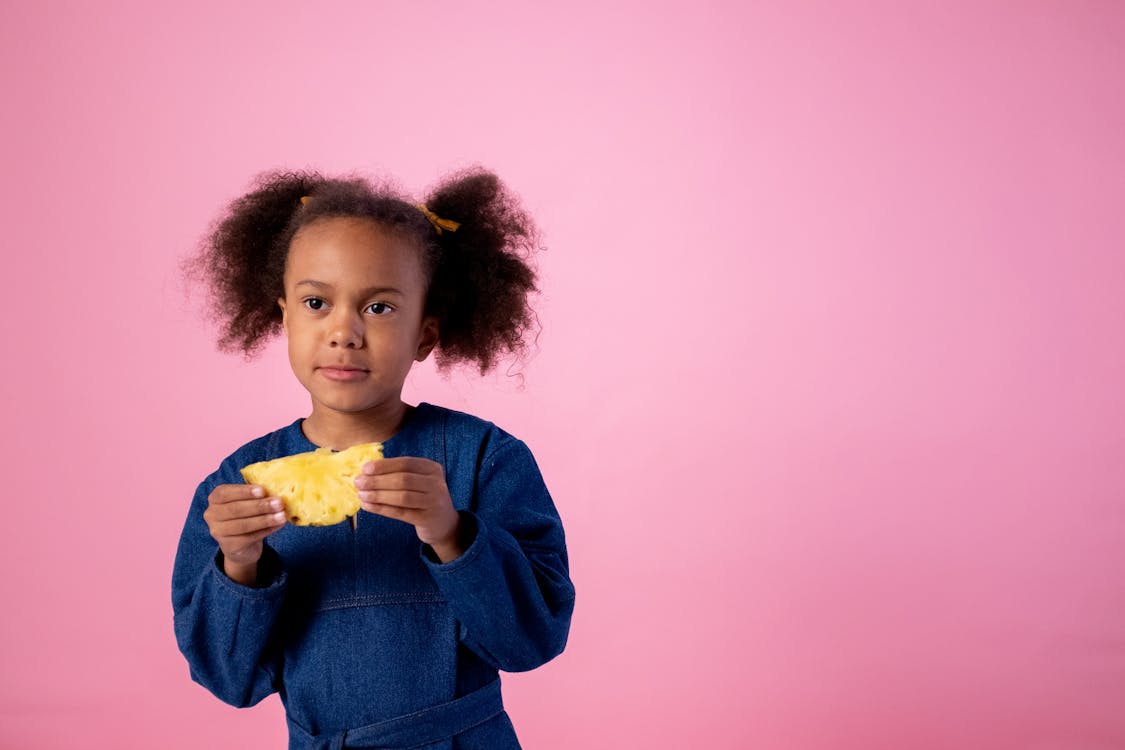
Protein and iron is needed to grow and develop.Nuts contain protein, but whole nuts, including peanuts, shouldn't be given to children under 5 in case they choke. It's recommended that boys have no more than 4 portions of oily fish (such as mackerel, salmon and sardines) a week, and girls no more than 2 portions a week. If your child doesn't eat meat or fish, they'll get enough iron if you give them plenty of other iron-rich foods, such as fortified breakfast cereals, dark green vegetables, broad beans and lentils.
Oils and spreads: 3 portions a day
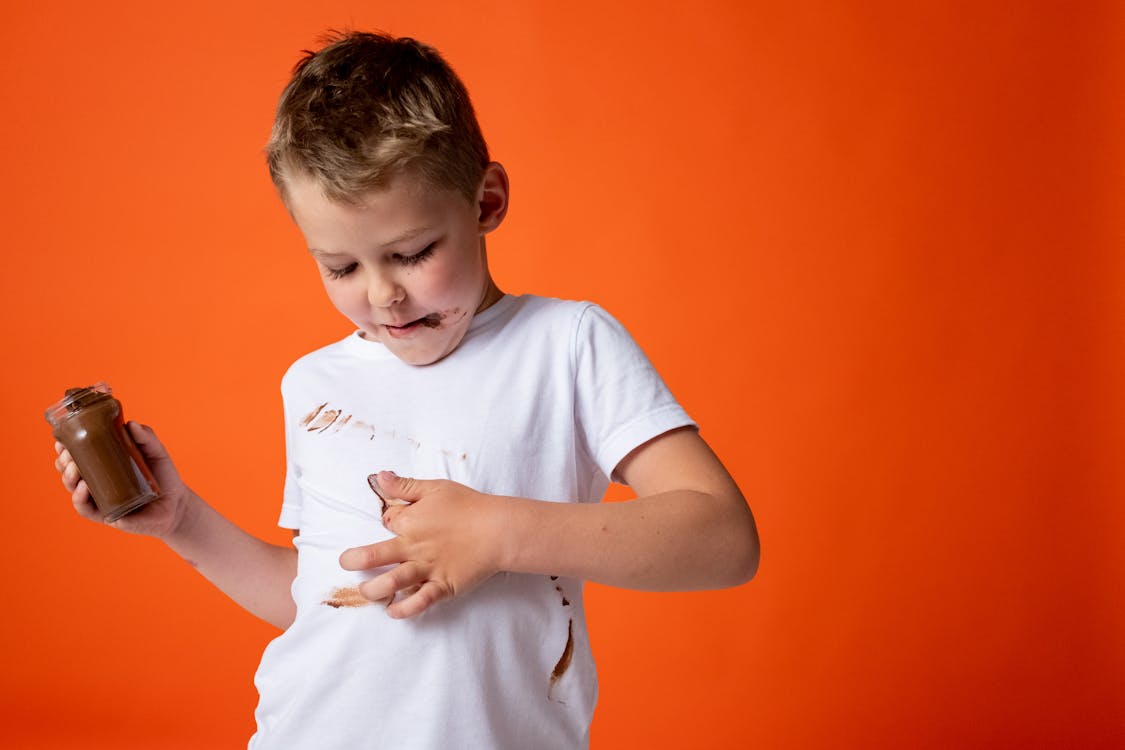
Your child needs the energy provided by fat. There are also some vitamins that are only found in fats. Once your child is 2, you can gradually introduce lower-fat dairy products and cut down on fat in other foods – provided your child is a good eater and growing well. Some tips and tricks to cut down on overindulging in fatty foods are:
- grill or bake foods instead of frying them
- during cooking, skim the fat off meat dishes such as mince or curry
- buy leaner cuts of meat and lower-fat meat products, such as lower-fat sausages and burgers
- take the skin off poultry
- reduce the amount of meat you put in stews and casseroles. Make up the difference with lentils, split peas or soaked dried beans

Recommended Intake and Portion Sizes for Children Warwickshire Dietetic Service
Snacks
First off, don't be afraid of snacks - they're not there to ruin dinner. Children aged 1 to 3 need healthy snacks to give them energy, protein and other nutrients. Between 2 to 3 snacks a day is the recommended amount and pro tip; You offer them the snacks at set times during the day, don't have them coming to you looking for them. That way you can create a routine and regulate their hunger. Then they won't come looking for a snack an hour before dinner and then leave a full plate behind them at meal time.
Limit dried fruit such as raisins and dried apricots to once a week. This is because dried fruit contains sugar and is not kind to teeth.Try not to use foods high in fat, sugar or salt as a reward or to comfort your child. Find other ways to reward them such as stickers, playing a game or a hug.
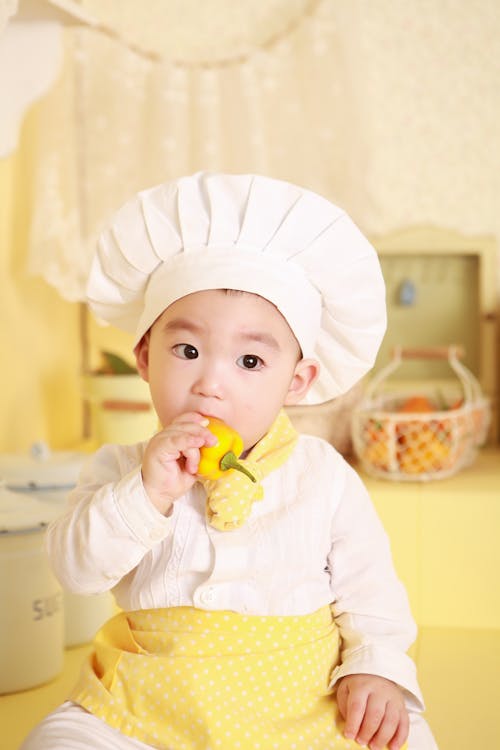
Healthy snack options include:
- small pieces of fruit - chopped into safe sizes that your child can manage
- sliced cucumber sticks
- small pot (47g) of plain or natural yogurt with chopped banana
- breastfeed or a glass of milk - you can use a cup or a beaker
- sliced, hard‑boiled egg
- 1 to 2 crackers
- 1 to 2 breadsticks
- 1 plain rice cake (unsalted)
Some days your child may be more hungry than others. They will need filling, healthy snacks between meals.

- cheese with 2 crackers
- half a bagel with lightly spread smooth peanut butter – use one without added salt or sugar
- 2 breadsticks with hummus
- small slice of fruit loaf
- slice of toast with mashed or chopped banana
- small bowl of breakfast cereal and milk
- half wholemeal scone with spread
- small bowl homemade or readymade soup
At different ages, children will require different amounts of food to meet changing energy and nutrient requirements. They may eat varying amounts from day-to -day, particularly younger children, but this is normal behaviour. As long as they are having a varied diet and growing well, it is likely that they will be meeting requirements.
Portion sizes:
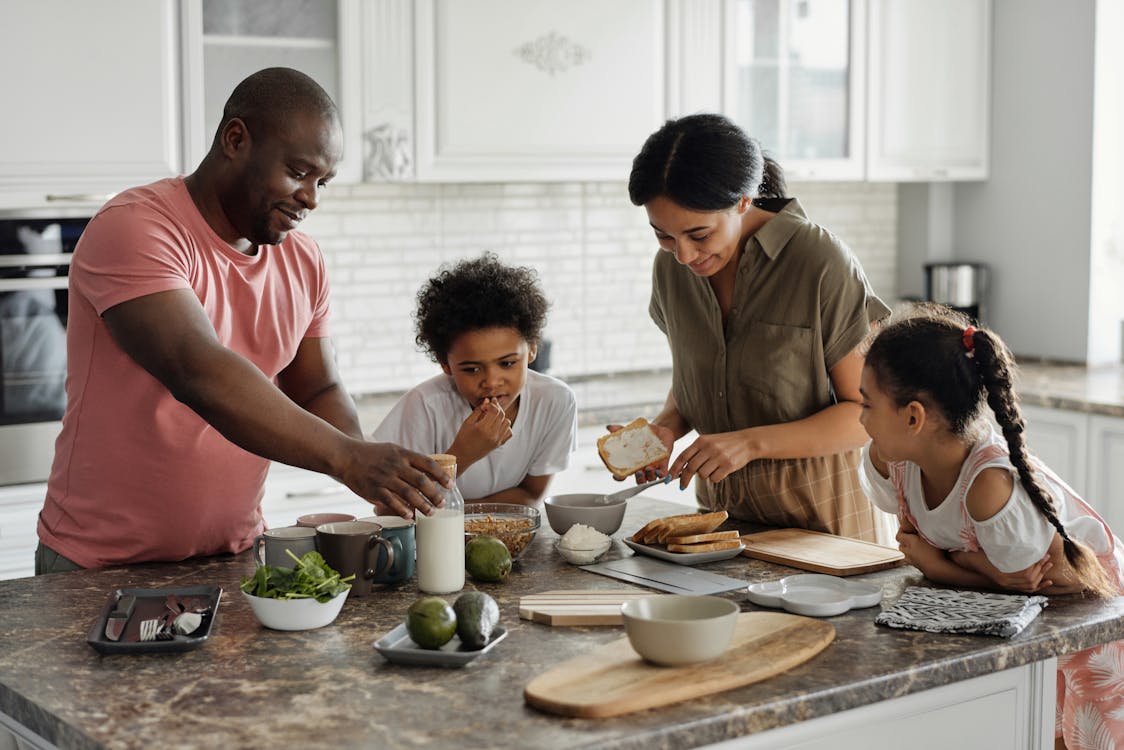
- Be careful of pre-packaged portions. Most processed foods are sold as adult portions so a child will not need the full portion.
- Try using a smaller plate or bowl for your child. This will make it easier to offer “childsize” portions.
- Try to have regular meal and snack times. If a child says they are hungry in between these e.g. whilst you are cooking a meal, try giving them a glass of water rather than an extra snack to keep them going until the mealtime.
- Give your child less rather than more to start with – they can always ask for second helpings. This way you’ll have less waste and they won’t eat too much.
- As it takes approximately 20 minutes for the brain to send signals that you are full, it is a good idea to encourage your children to eat slowly as this will allow them to recognise when they are full.
- Try to have mealtimes without distractions such as television, computer, electronic games and smart phones. These can distract them and they may not notice the signals telling them they are full.
- Never force your child to clear their plate. If they say they’re full, they probably are full!
Nutrient-filled dinner ideas from BBC Good Food*
*Ensure that all food is chopped small enough to prevent your child from choking.
Try these toddler-friendly meatballs with tasty tomato sauce for your little one. Batch-cook and freeze them for easy, healthy dinners when you're busy.
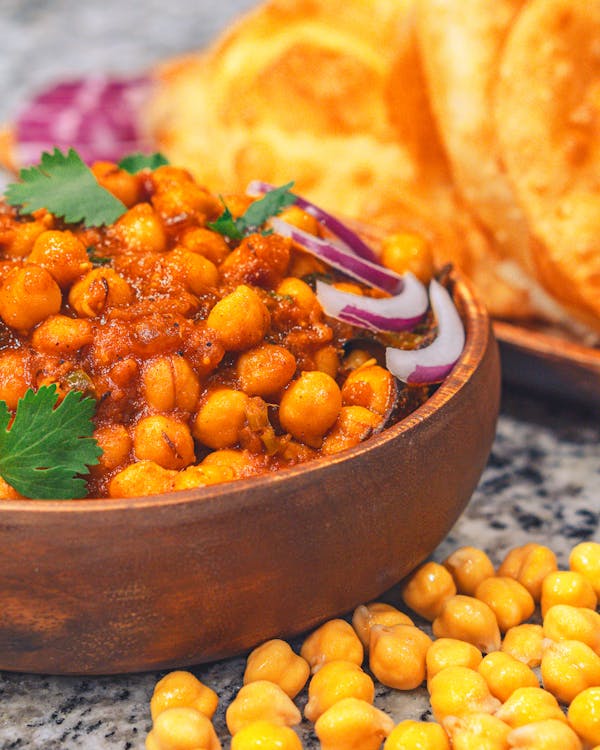
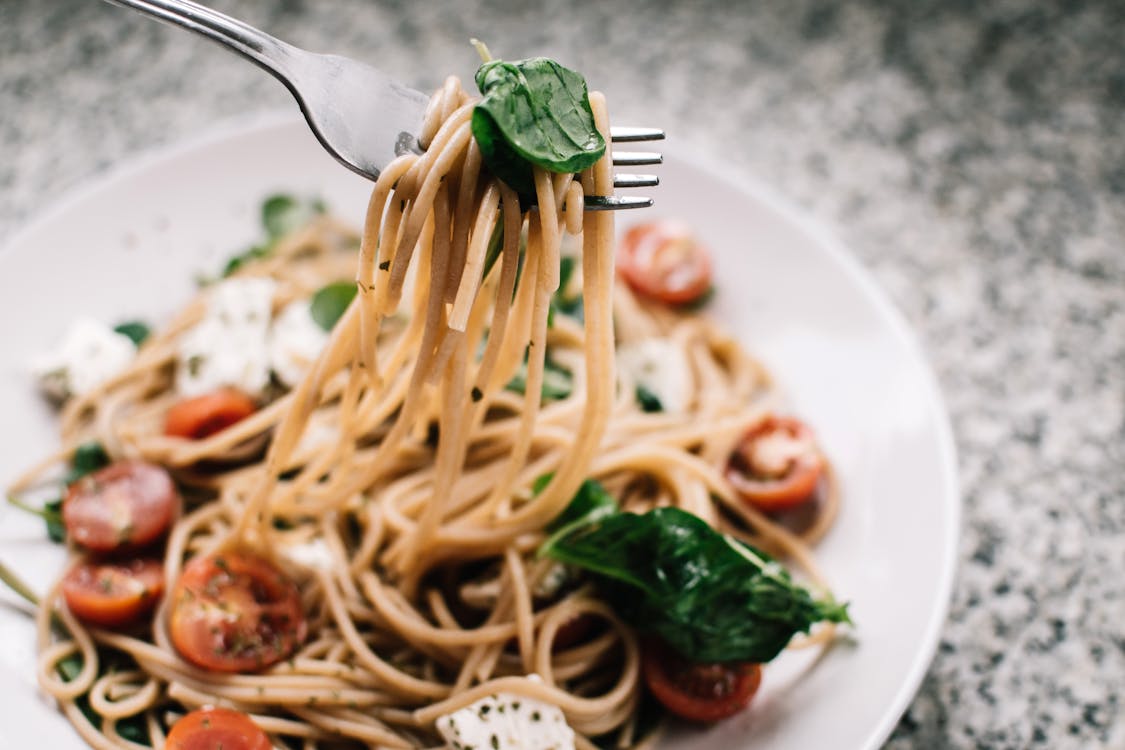
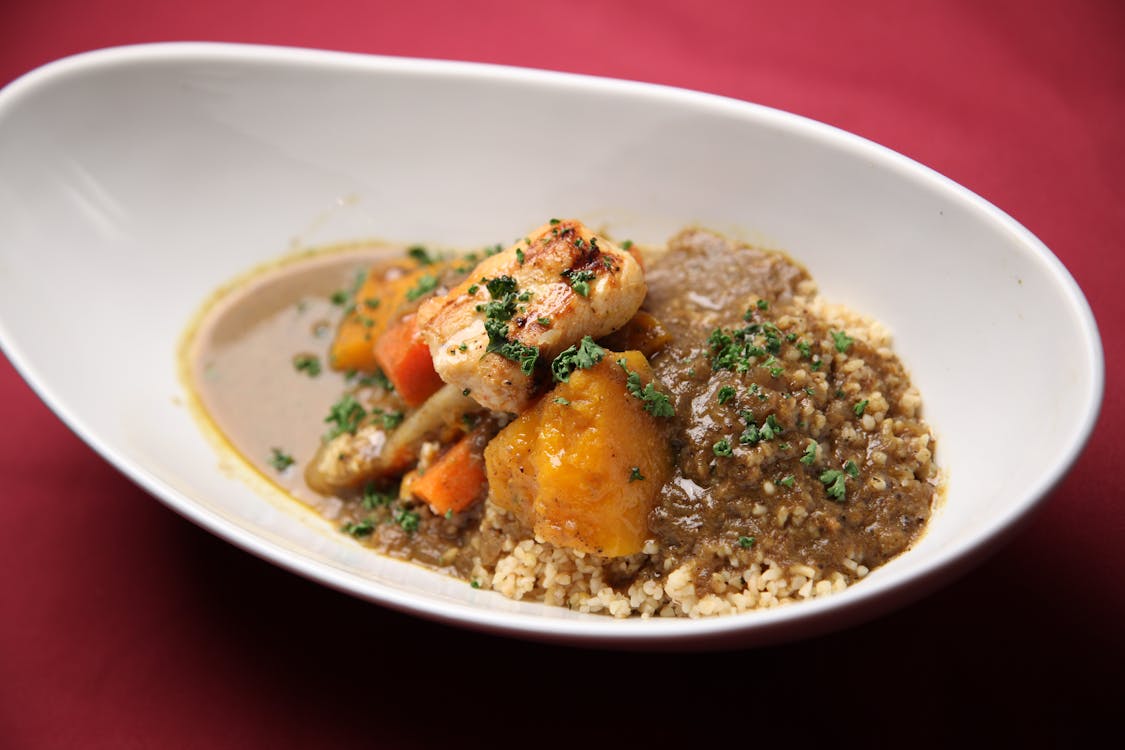
A comforting vegan one-pot recipe that counts for 3 of your 5-a-day! You can't go wrong with this iron-rich, low-fat, low-calorie supper.


